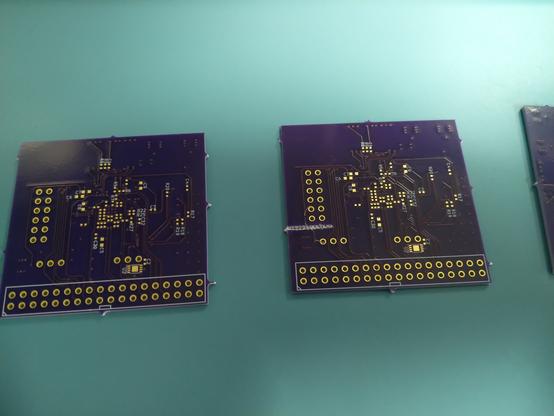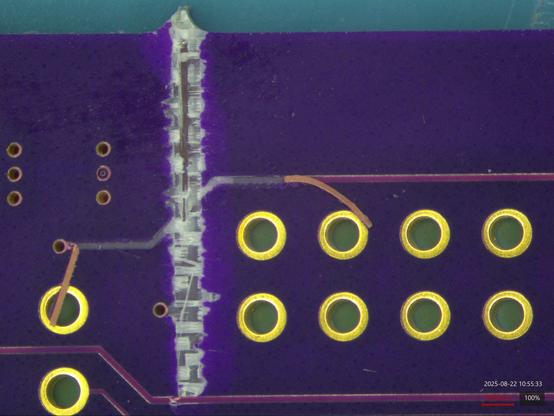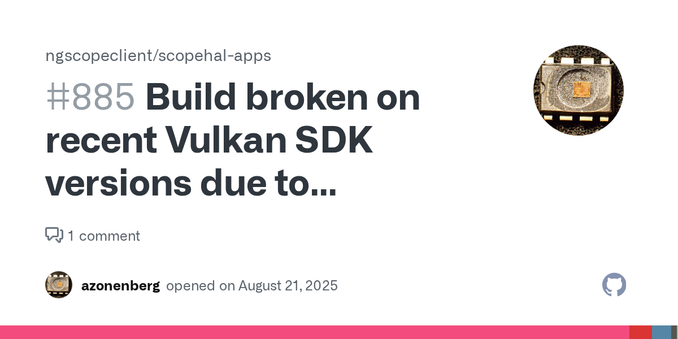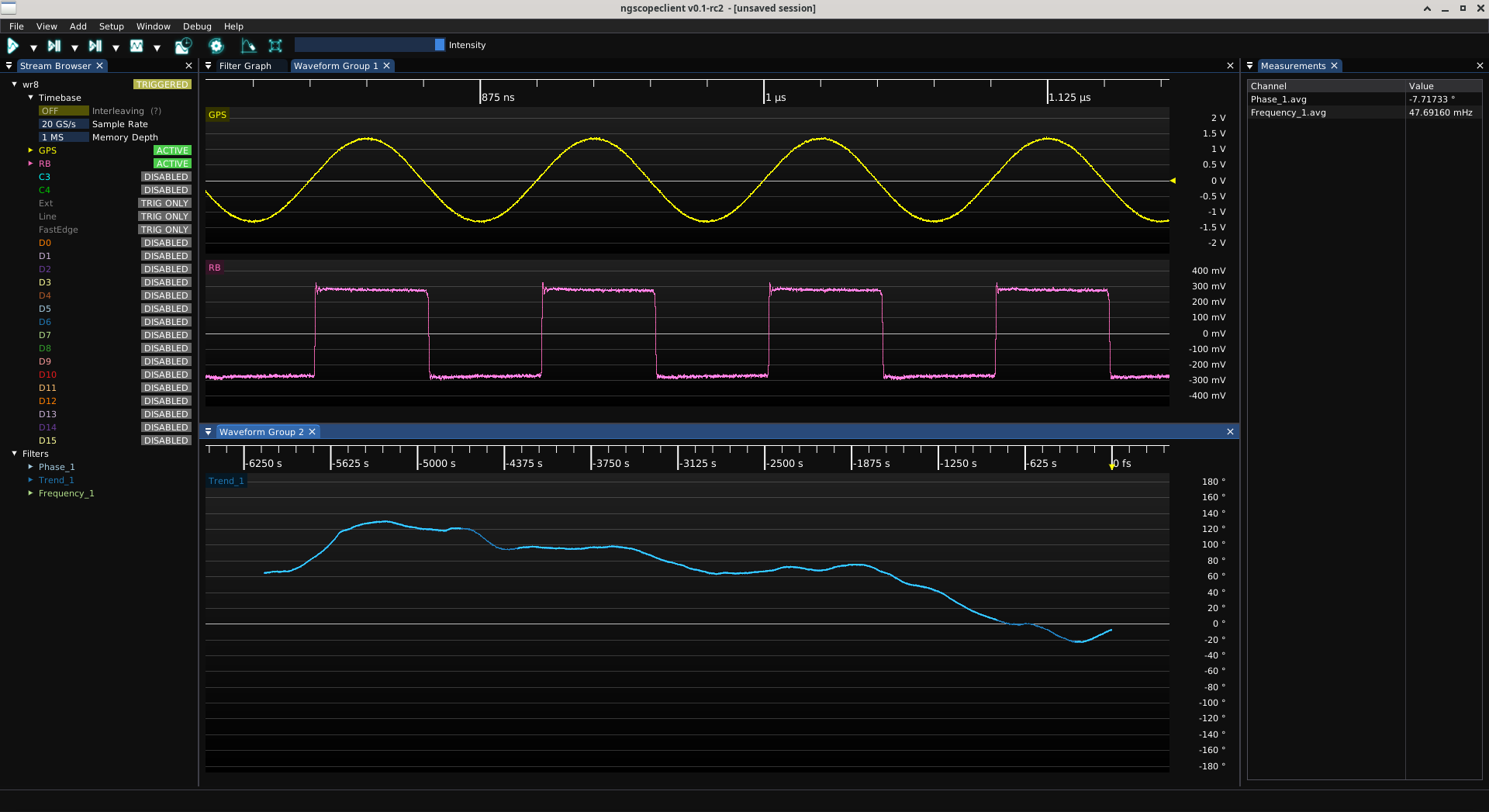IC reverse engineering software is absolute crack for neurospicy brains.
Every time I'm on a project for work where I get to use it, I have to force myself to put it down when I'm supposed to be done with work for the day. You can probably tell how that's working out given that it's 2230 local time.
It's the most addictive puzzle game out there by a massive margin. There's the "fix stitch errors" mini-game, the "fine tune inter layer alignment" mini game, the "optimize feature extraction" mini game, dozens to hundreds of "what is this standard cell" mini games, and then the main "wtf does this giant netlist do" storyline.
If only it wasn't dongle-locked, export-restricted software sold at EDA-tool seat prices...



